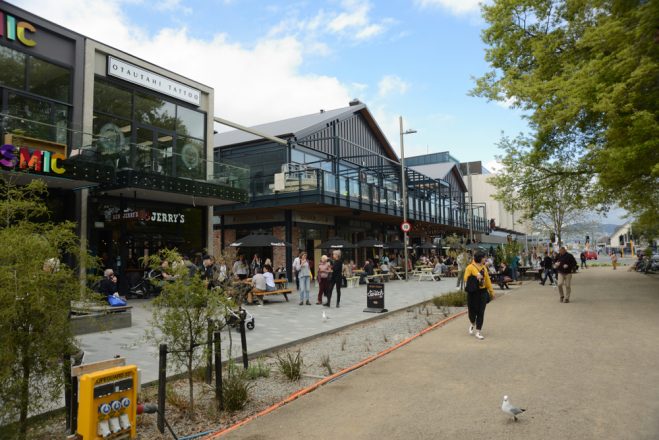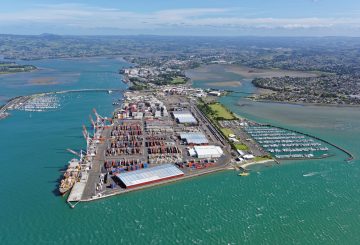オークランドでのCovid-19のアウトブレイクが長引いているにもかかわらず、企業は悲観的な見方をしていません。
ANZ(オーストラリア・ニュージーランド銀行)が発表した9月のニュージーランドの経済見通しによると、悲観的な見方をしているのは正味7.2%で、8月の14.2%から改善しています。
しかし、ANZのチーフエコノミストであるSharon Zollner氏によると、需要が回復すると確信している人が18%と、自社の活動見通しについては驚くほど堅実だとのことです。
「基本的には、企業は現在のロックダウンを見守っているようです。過去に経験したことがあり、国内外で見られるように、需要は非常に力強く回復する傾向があり、財政的な支援があれば、誰もがこの状況を乗り越えることができます」とZollner氏は述べています。
今回もそれを期待していたと言います。
「とはいえ、ロックダウンから50日近くが経過した現在、先行きはまだまだ不透明で、不確実性が長引けば長引くほど、前向きな感情や活動指標が低下し始めるリスクがありますが、今のところは驚くほど堅調に推移しています。」
しかし、高いコストとインフレ圧力に直面して、利益予想と投資意向は低下しており、景気は依然として厳しいことを強調しています。
企業のインフレ予想は、準備銀行の目標範囲の上限である3%前後に収まっています。」と述べました。
家計の期待値はかなり高く、いつものころですが、1.5%と大きく上昇しています。家計の期待値は、企業のコスト転嫁能力に影響を与えるため、重要です。人々がインフレを期待していれば、コストを上げても反発は少ないでしょう。また、非常に厳しい労働市場での賃金交渉にも影響を与えます。
世界的に見ても、すべてがインフレ率の上昇を示唆していると彼女は語りました。
「世界的に多くのインフレが進行しており、中央銀行がそれを一時的なものだと主張することはますます困難になっています。」
また、事業展望では、信用面でも若干の改善が見られ、クレジットへのアクセスに関する認識がわずかに改善しました。
信用供与の容易性について悲観的な見方をしたのは正味50.3%で、8月の52.6%をわずかに上回りました。
経済学者のCameron Bagrie氏は、「小さな一歩」ではあるものの、過去3番目に悪い数値であると述べました。
「これは、Covidの状況を考慮しても、全体的な調査の中で、活動やさまざまな指標がかなりよく持ちこたえているという状況の中でのことだ。」と述べています。
情報元:RNZ News






























































